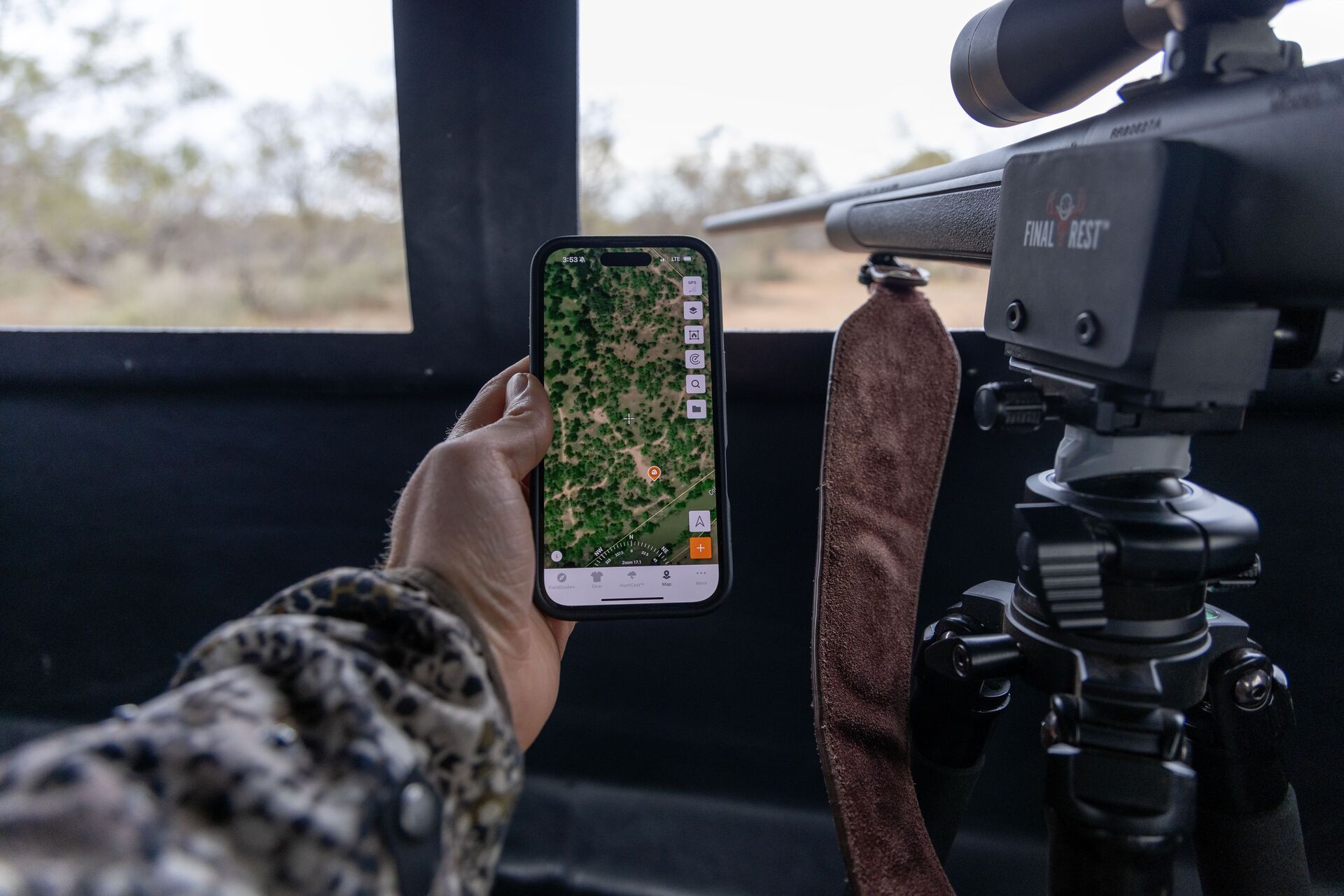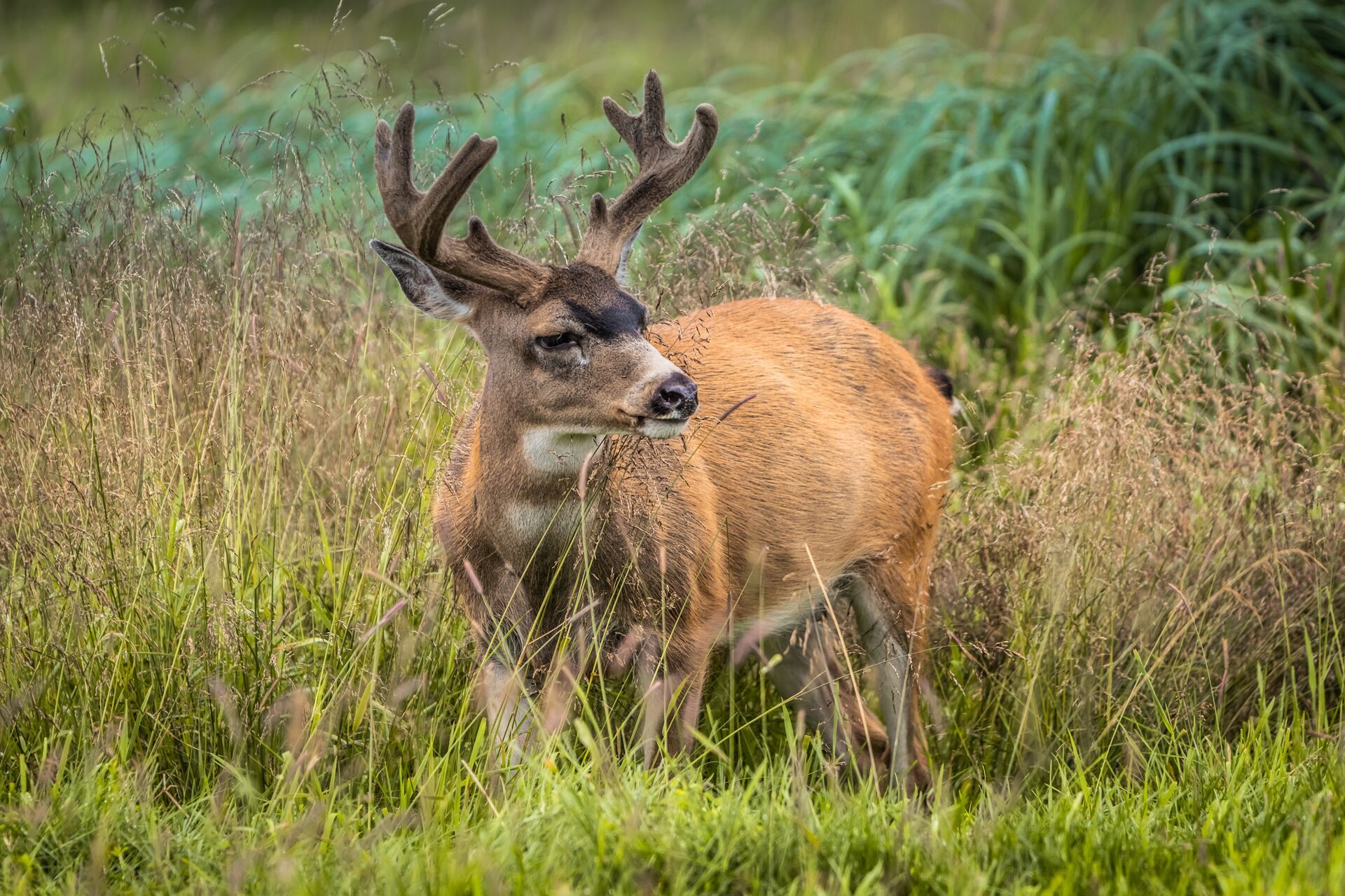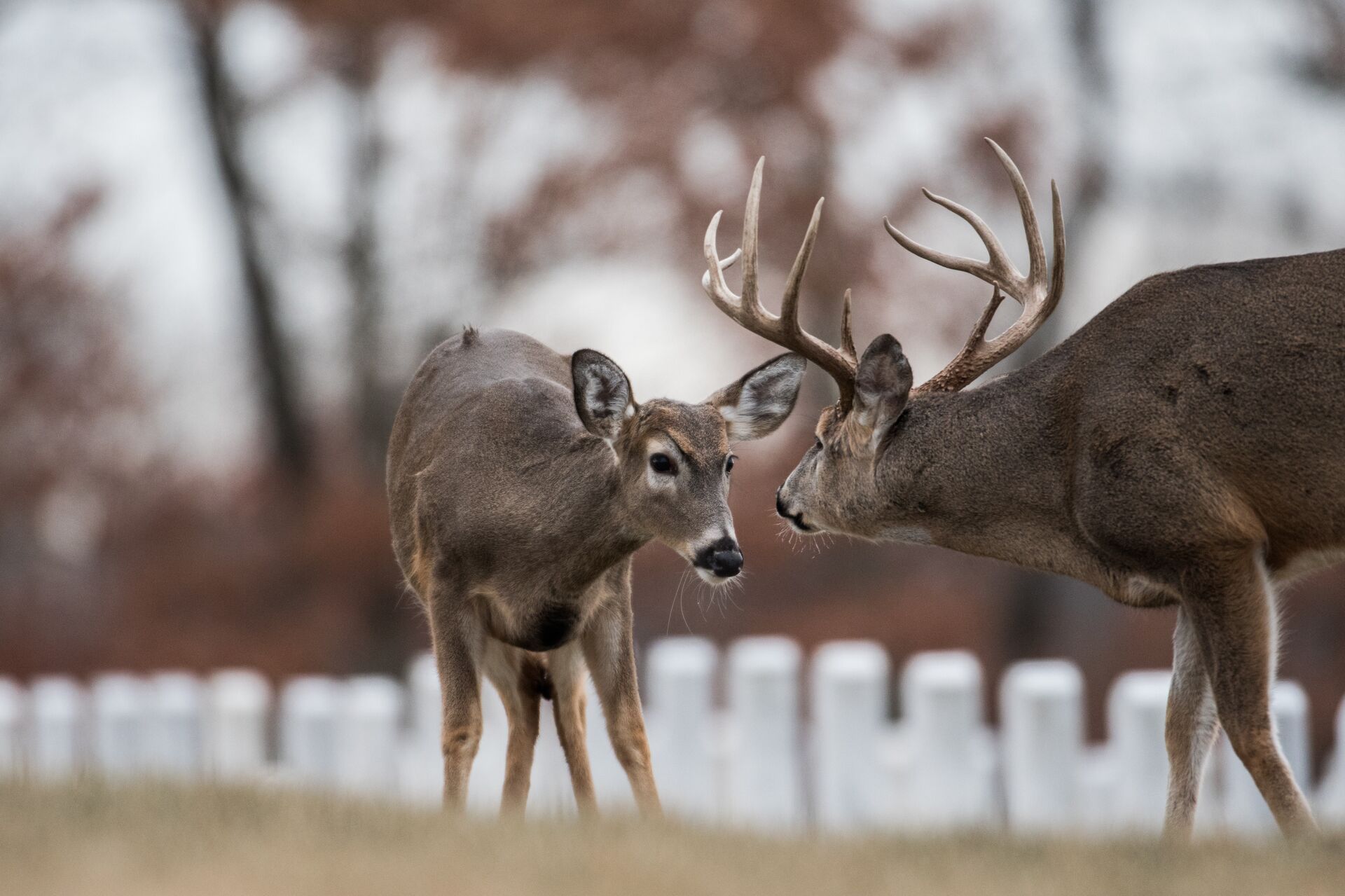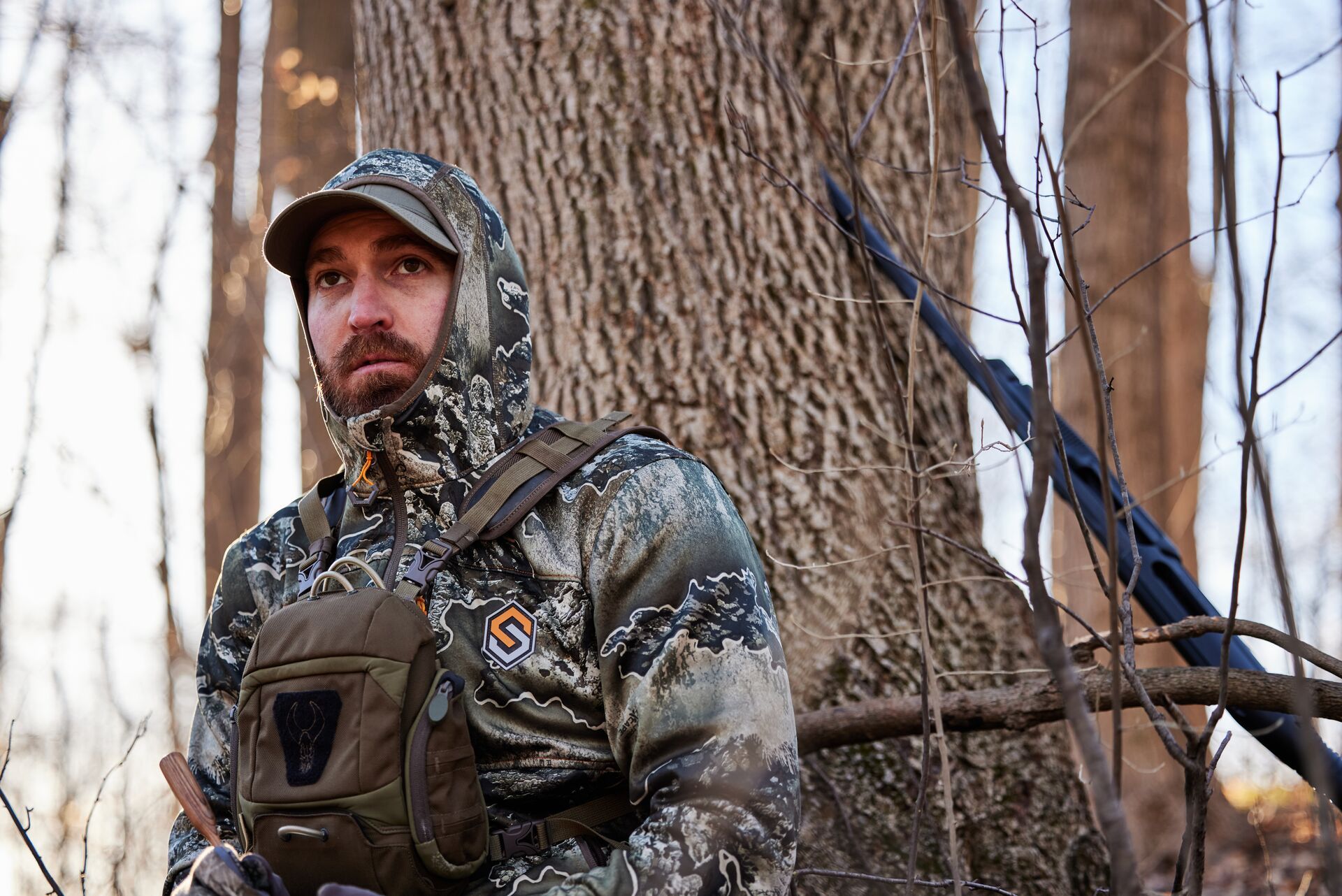Field Guide / Deer
5 Spring Whitetail Habitat Tips for Every Hunter
From scouting to deer habitat activities to shooting your bow, there are some very important deer hunting and deer habitat activities that you need to accomplish in the spring.
Previous in Deer
More Content Like This

Where Can I Hunt Deer Near Me? How to Find the Best Spot
Hunting public land is fairly new to me. Up until a few years ago, I only ever hunted private property that my family owned. Then, in 2019, I decided it was time to expand my whitetail hunting horizons. So, I downloaded HuntWise and began looking for...Read More
Read More
Black Tailed Deer: Where and How To Hunt Them
Wandering old-growth forests searching for ghosts. If you've ever targeted black tailed deer, you'll know exactly what this means. Read More
Read More
When Is the Kentucky Deer Season?
Kentucky has firmly established itself as a leading state when it comes to trophy bucks and deer hunting. While it once flew under the radar, the secret is out — and thanks to targeted conservation and restoration, hunters come from near and afar to ...Read More
Read More Deer
DeerWhere Can I Hunt Deer Near Me? How to Find the Best Spot
Hunting public land is fairly new to me. Up until a few years ago, I only ever hunted private property that my family owned. Then, in 2019, I decided it was time to expand my whitetail hunting horizons. So, I downloaded HuntWise and began looking for...Read More
Read More Deer
DeerBlack Tailed Deer: Where and How To Hunt Them
Wandering old-growth forests searching for ghosts. If you've ever targeted black tailed deer, you'll know exactly what this means. Read More
Read More Deer
DeerWhen Is the Kentucky Deer Season?
Kentucky has firmly established itself as a leading state when it comes to trophy bucks and deer hunting. While it once flew under the radar, the secret is out — and thanks to targeted conservation and restoration, hunters come from near and afar to ...Read More
Read More
1 of 3
